
Gin, whose name comes from the Dutch jenever (juniper), gets its flavor from being distilled with various botanicals; by regulation, the predominant flavor must be from juniper berries. Its medieval origin was a mode of delivering medicine. It is nowadays almost always consumed in cocktails.
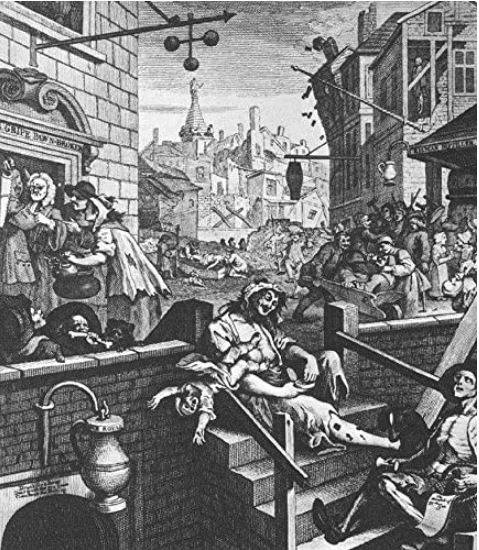
Gin was the first distilled spirit to become genuinely common in England. In the 1700s, when unlicensed gin production was permitted and not taxed, things got a bit crazy: 7500 gin shops in London alone. You were allowed to make gin at home. A common additive was turpentine.
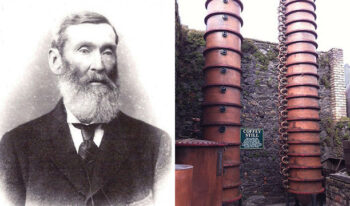
In 1830, distiller Aeneas Coffey invented the continuous still, allowing huge increases in production of grain alcohol. For gin, the column on the left distilled a grain wash, then redistilled it in the second column, passing it through a basket of botanicals.
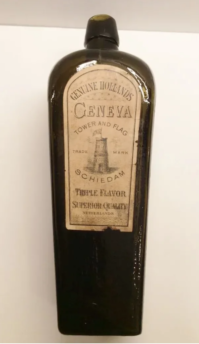
Gin used to be sold in barrels, which imparted flavor and coloring. In 1861, the English government compelled the sale of spirits in bottle, which is when gin became a “white” spirit. The photo is an antique bottle from when gin exported from The Netherlands was still being called Geneva.
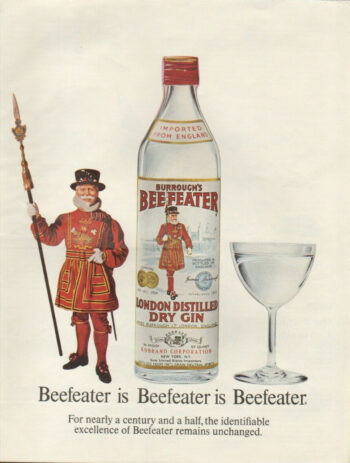
Before vodka hit, gin was the white spirit of choice. In the 1950s, everyone was drinking gin martinis and gin & tonics. People were obsessive about dry martinis, meaning using very little vermouth. Beefeater was the luxury brand.
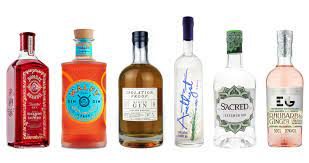
Concurrent with the boom in craft distilling is making gin using practically anything: raspberry gin, rhubarb and strawberry gin, violet gin. Gone are the days of clear gin. People get worked up about “gins” that have no juniper. Big deal.